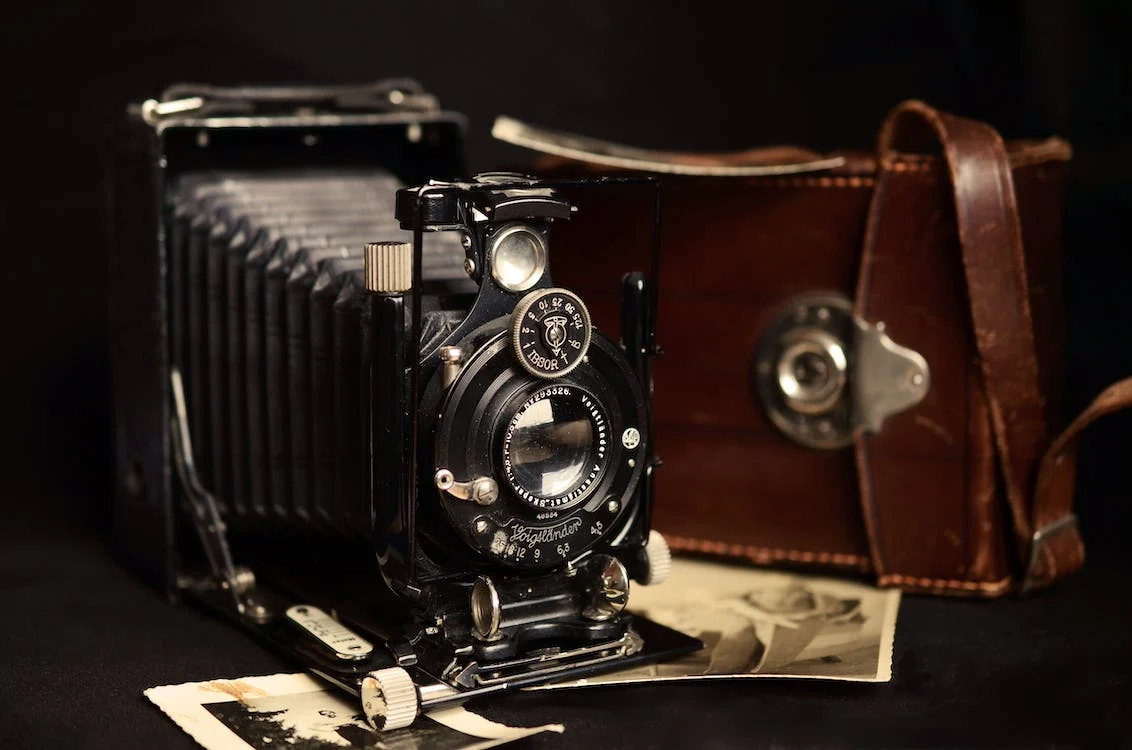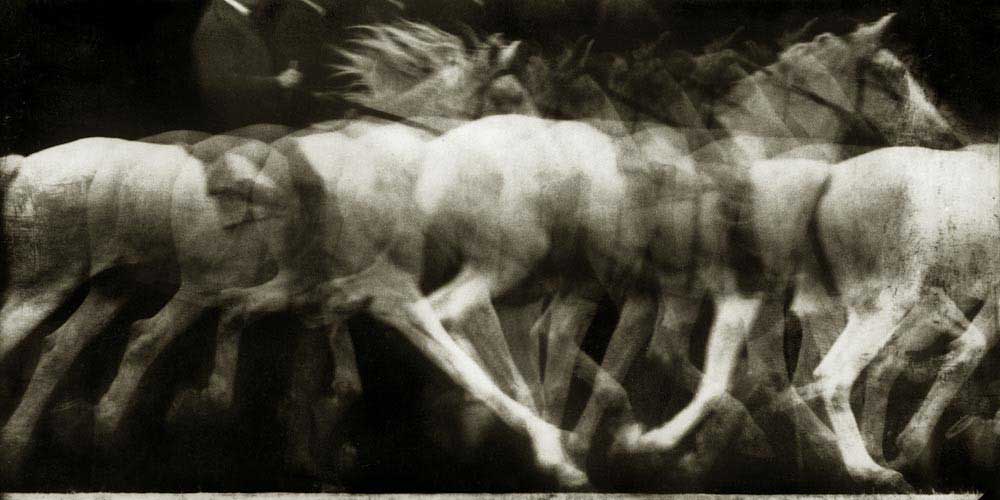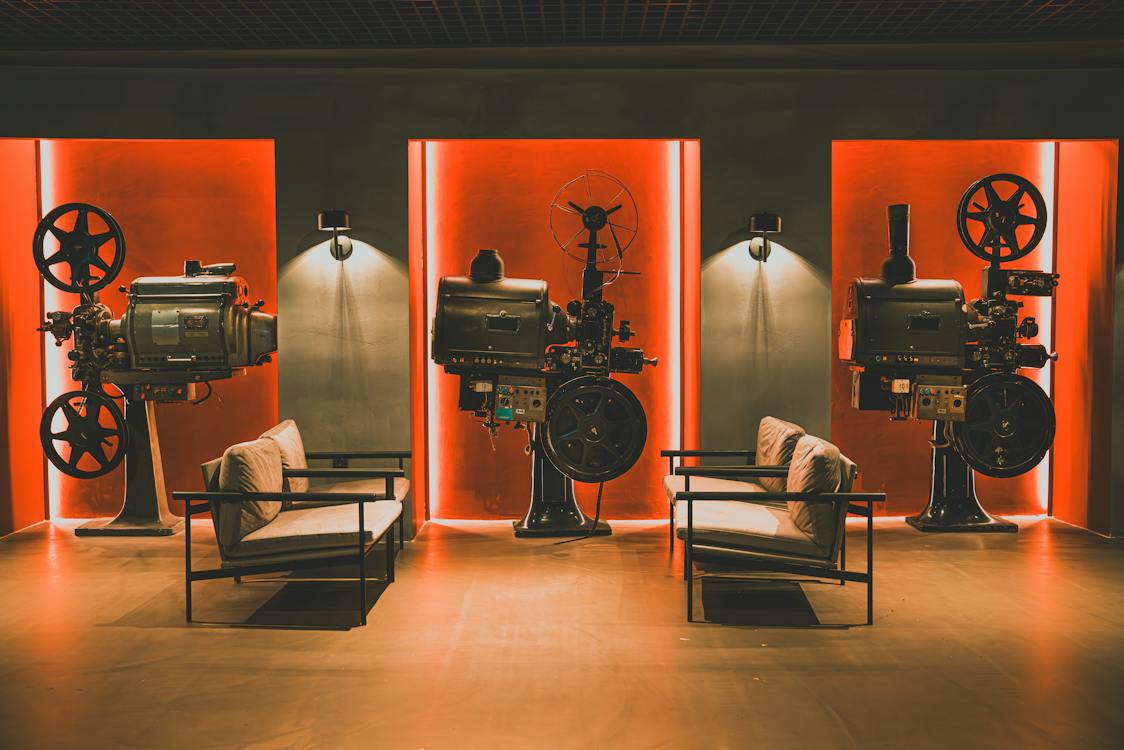Chronophotography, a technique from the late 19th century, stands at the fascinating crossroads where photography meets the burgeoning world of animation. This technique, involving the capture of several phases of movement in a single photograph, not only contributed significantly to the understanding of motion and photography but also laid the groundwork for the development of animation.
The story of chronophotography is one of innovation and curiosity, where the desire to capture movement led to the creation of a visual language that would eventually evolve into modern animation. This article looks at how chronophotography, developed by pioneers like Eadweard Muybridge and Étienne-Jules Marey, became a foundational stone for the magical world of animation, influencing the way motion and time are depicted in visual media.
What is Chronophotography?
Chronophotography is a fascinating photographic technique developed in the late 19th century, designed to capture several stages of movement in a single image. This innovative method was pivotal in the study of motion and the early development of cinema.
Chronophotography works by taking a series of individual photographs at set intervals to record the phases of movement over time. Originally, this was achieved using multiple cameras positioned along a subject’s path of motion, each triggered to capture a successive image. For instance, Eadweard Muybridge, one of the pioneers of this technique, used a series of cameras to photograph a galloping horse. This allowed for the precise study of each phase of the horse’s movement, something that was not perceptible to the human eye in real time.
As the technique evolved, single cameras equipped with multiple lenses or rotating shutters were used to take sequential images. Another key figure in the development of chronophotography was Étienne-Jules Marey. Marey’s approach differed from Muybridge’s in that he used a single camera to capture multiple phases of motion, which he achieved by employing a rotating shutter and a series of timed exposures. His work not only contributed to motion studies but also influenced the development of motion picture cameras.
Chronophotography allowed for the detailed analysis of both human and animal locomotion, and its impact extended beyond scientific study. The sequential images could be displayed rapidly in succession to create the illusion of movement, a concept that became fundamental in the invention of cinema. Thus, chronophotography can be seen as a direct ancestor of modern animation and film, bridging the gap between static images and the illusion of lifelike motion.
A Brief History of Chronophotography
Chronophotography’s roots can be traced to the work of pioneering individuals like Eadweard Muybridge and Étienne-Jules Marey. Muybridge’s experiments in 1878, which involved photographing a galloping horse to determine if all four of its feet were off the ground simultaneously, marked one of the earliest successful applications of the technique. Using a series of cameras along a track, Muybridge captured a sequence of images that, when viewed in rapid succession, created the illusion of motion. This experiment not only provided valuable insights into animal locomotion but also laid the groundwork for the development of motion pictures.
Following Muybridge’s work, Étienne-Jules Marey, a French scientist, made significant contributions to the field of chronophotography. Marey’s approach differed as he aimed to capture multiple phases of motion in a single frame. He developed a camera known as the “chronophotographic gun,” capable of taking twelve consecutive frames per second. Marey’s work extended beyond artistic purposes, contributing greatly to the scientific study of movement and physiology.
The techniques and devices developed through chronophotography evolved into early motion picture cameras. By the end of the 19th century, inventors like Thomas Edison and the Lumière brothers were using similar principles to create some of the first motion pictures, directly influenced by the sequential photography methods of Muybridge and Marey.
The Links Between Chronophotography and Animation
The links between chronophotography and animation are both profound and foundational, tracing the evolution from capturing real-life motion to creating entirely animated sequences. Here are the key points that highlight this connection:
- Foundation for Frame-by-Frame Animation: Chronophotography introduced the concept of capturing motion in individual frames. This method directly influenced animation, where motion is depicted through a sequence of separate frames, creating the illusion of movement.
- Understanding Motion and Timing: The detailed study of motion in chronophotography provided valuable insights into the dynamics of movement, which animators could use to create more realistic and lifelike animations.
- Inspiration for Early Animators: Pioneers of animation, such as Émile Cohl and Winsor McCay, were inspired by the sequential images of chronophotography. This inspiration is evident in their early animated works, which mirror the fluidity and rhythm seen in chronophotographic studies.
- Technological Advancements: The technological developments in chronophotography, such as the ability to take multiple exposures and sequence them, paved the way for similar techniques in animation, particularly in stop-motion and traditional cel animation.
- Artistic Influence: The aesthetic of chronophotography, where multiple phases of movement are captured in a single image, influenced the artistic approach in animation, encouraging experimentation with time and motion in a visual medium.
- Educational Resource for Animators: The sequences captured in chronophotography have served as educational resources for animators, helping them understand and replicate complex movements in their animated characters.
- Shared Goal of Visual Storytelling: Both chronophotography and animation share the fundamental goal of visual storytelling. Chronophotography’s ability to capture a narrative in motion parallels the storytelling techniques used in animation.
Conclusion
The relationship between chronophotography and animation is a critical chapter in the history of visual arts and motion pictures. Chronophotography’s role in the early understanding and depiction of motion laid the essential groundwork for the animation techniques that followed. This early method of capturing movement frame by frame not only informed the technical aspects of animation but also influenced its artistic expression.


